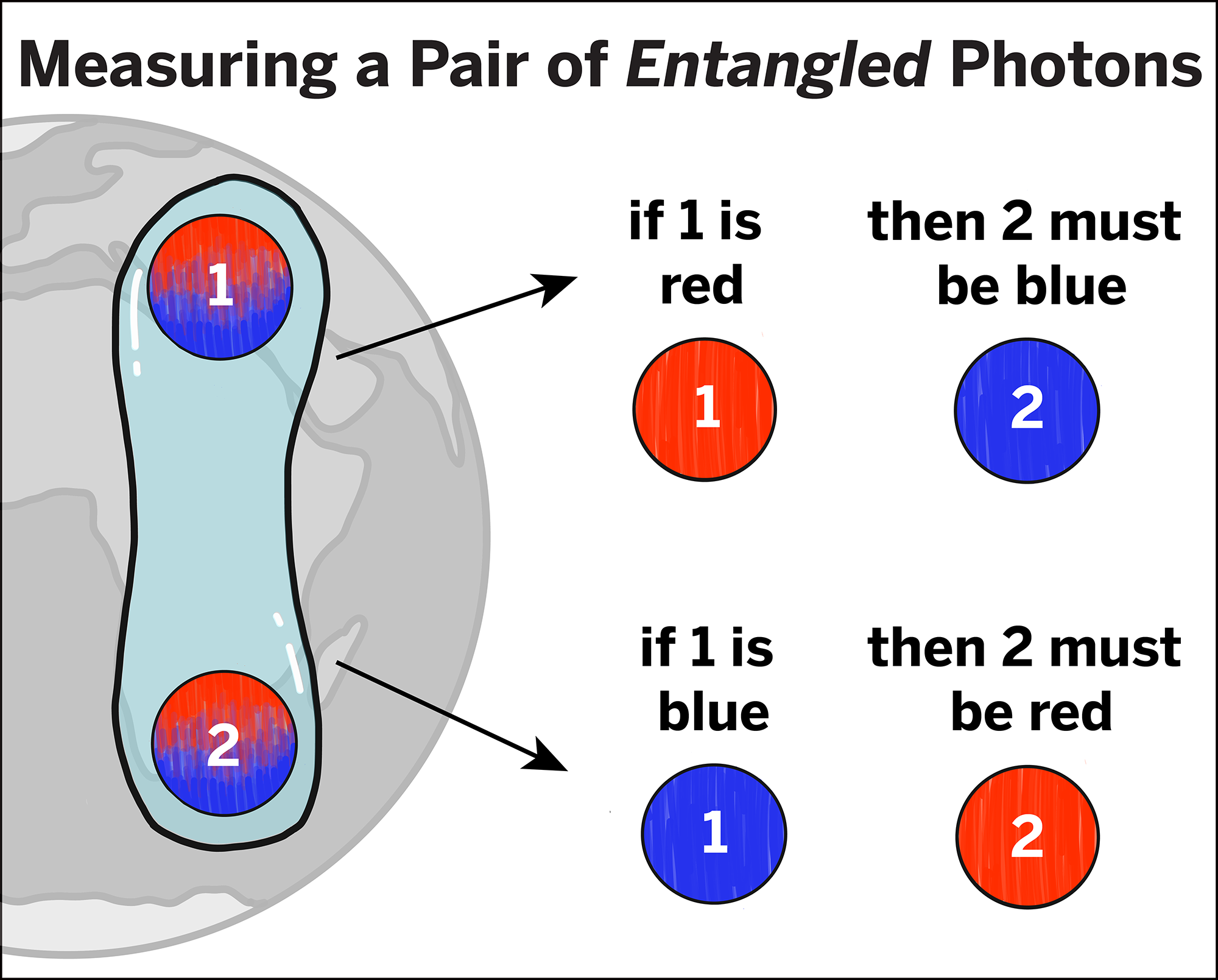Ep 2. Basics of Quantum Physics for Quantum Computing
Quantum computing relies heavily on principles of quantum physics to achieve its enhanced computational capabilities. Grasping some core quantum concepts is key to comprehending quantum computing on a deeper level.
Quantum States: Mixed State and Pure State
In quantum mechanics, quantum states or state vector is a fundamental concept. It refers to the state of a quantum system and includes all the information you can know about it. Quantum state are described by either a mixed state or a pure state. While a pure state is a quantum state that is described by a single state vector (a precisely defined wave function), a mixed state describes a statistical mix of possible states. Both of these present a different contextual understanding of a system’s state.
When it comes to a pure state, it is usually represented by precise wave function detailing a cohesive superposition of values. On the other hand, a mixed state is usually the result of lack of perfect information about a system, often represented by a density matrix rather than a wave function.
Quantum Superposition
One of the most important quantum principles is superposition. This refers to how subatomic particles can exist in multiple states at once. For example, a qubit can represent a 0, 1, or both 0 and 1 simultaneously due to superposition. This differs radically from classical bits that can only be in a 0 or 1 state. Superposition enables qubits to process significantly more information in parallel than classical bits.

Measurement and Collapse
Measurement is a fundamental aspect of quantum computing that relies on the principle of wavefunction collapse. The wavefunction represents the probability distribution of a quantum system, describing the possible states it can be in. When a measurement is made on a qubit in superposition, the wavefunction collapses into a specific state of either 0 or 1. This collapse is random, with the probability of each outcome determined by the amplitudes of the superposed states.
Quantum Entanglement
Another vital quantum phenomenon is entanglement. This occurs when multiple quantum particles become correlated such that their states rely on each other, regardless of physical distance separating them. Entangled qubits retain connections and can instantaneously influence each other’s states. This enables quantum computers to process and transfer information with unprecedented efficiency.

Quantum Coherence
In the context of quantum computing, coherence refers to the ability of qubits to maintain their state of superposition. During this period, qubits exhibit wave-like behaviour and can interact with each other through quantum gates. When qubits are in coherence, quantum operations can take place efficiently. However, maintaining quantum coherence for longer durations is a major challenge in quantum computing due to environmental noise and other factors that can cause qubits to lose their quantum mechanical properties.
Quantum Decoherence
Quantum computers are highly sensitive systems that are prone to environmental interference, leading to quantum decoherence. Decoherence refers to the loss of quantum coherence caused by interactions with the external environment. This can lead to errors in quantum computations and is one of the primary obstacles in developing practical quantum computers.
Enjoy Reading This Article?
Here are some more articles you might like to read next: